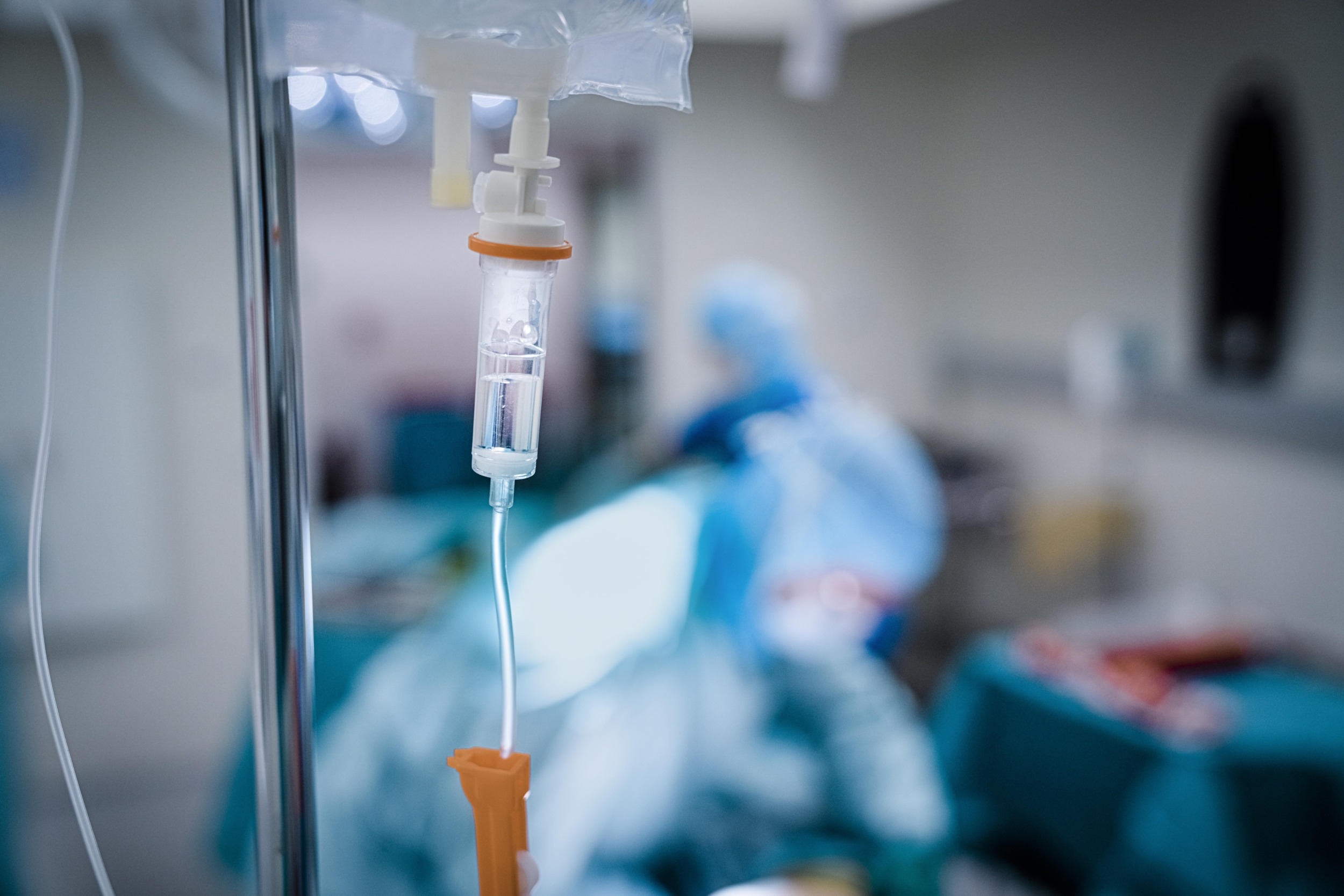
Medical Device FDA Regulation
What is FDA Medical Device Regulation?
The U.S. Food and Drug Administration (FDA) is charged with the federal regulation of medical devices sold in the United States. The FDA is the U.S. government’s oldest comprehensive consumer protection agency and its mission is to promote and protect health. Medical device FDA regulation covers foods, drugs biologics, cosmetics, animal and veterinary medicine, and tobacco. The FDA’s Center for Devices and Radiological Health (CDRH) regulates medical devices and radiation emitting products to evaluate safety and effectiveness of medical devices both before and after reaching market. CDRH’s mission is to ensure that patients and providers have timely, continued access to information and product performance data.
In terms of what defines a medical device that will be subject to FDA regulation, the CDRH considers the following.
A medical device is:
- An Instrument, apparatus, machine, implant, in vitro reagent, including component, part, or accessory
- Diagnoses, cures, mitigates, treats, or prevents disease or condition
- Affects structure or function of body
- Doesn’t achieve purpose as a drug
- Excludes certain software functions like data storage, administrative support, electronic patient records
If your product qualifies, then it will be subject to medical device FDA regulation.
Complaints Handling, CAPA and MDR
A vital elements of medical device FDA regulation
Medical device FDA regulations define a complaint as “Any written, electronic, or oral communication that alleges deficiencies related to the identity, quality, durability, reliability, safety, effectiveness, or performance of a device after it is released for distribution.”
The FDA medical device regulations require that medical device manufactures “establish and maintain procedures for receiving, reviewing and evaluation complaints by a Formally Designated Unit to ensure processing in a uniform and timely manner documentation of oral complaints on receipt and evaluation to determine if a failure investigation or medical device report (MDR) is required.”
The Complaint Handling process can be complicated with several dependencies to determine how complaints are processed, evaluated and, if necessary, investigated and resolved. The FDA medical device regulations classify reports as being handled either as Complaint Files, which are generally lesser degree complaints, or they can trigger a CAPA, generally more severe issues.
Threshold for Complaint File handling
- Easy/specific correction
- Isolated incident
- Minor issue
- Not design issue/does not impact design
- Not Manufacturing issue/does not impact Manufacturing
Threshold for CAPA handling
- No easy/specific correction
- Recurring (based on valid analytical method)
- Severe
- Design issue/may impact design
- Manufacturing issue/may impact Manufacturing
Medicals Device FDA Regulation and Quality Systems
FDA mandates a comprehensive, organized and trackable Quality System
The FDA medical device regulation 21 CFR 820 requires that medical device manufacturer maintain a Quality System – often know as a Quality Management System or “QMS.” A Quality System is the organizational structure, responsibilities, procedures, processes and resources for implementing quality management and applies to the design and manufacture of quality into medical device products. The purpose of a Quality Systems is to govern the methods, facilities and controls used is the design, manufacture, packaging, labelling, storage installation and service of finished medical devices intended for human use.
All of a medical device manufacturers procedures that are documented during the complete lifecycle of a medical device and the roles and responsibilities of the individuals in that process are part of the Quality System and subject to medical device FDA regulation. This includes the facilities, buildings and activities that are used to design, produce, package and label a medical device. Interestingly, the FDA medical deceive regulations are less than highly prescriptive. The FDA makes it well known that the Quality System or QMS is the domain of the manufacturer. The FDA medical device regulations leave much of the execution of the requirements up to the manufacturer.
This is where the concept of “risk” comes into play. Each medical device manufacturer must develop a Quality System appropriate to the level of risk presented by their medical device. That risk level will drive the depth and intensity of regulatory scrutiny and action. The Quality System a medical device manufacturer implements should reflect the complexity of the device, the complexity of the manufacturing process, and the size and complexity of the manufacturing facility itself. So, the Quality System or QMS required to meet current FDA medical device regulations will be different for almost every manufacturer, as their products, methods and facilities will vary greatly.
While there are seven subsystems of a Quality System, the Quality System Regulation, 21 CFR 820, focuses on four of the most critical subsystems. These are CAPA, Design Controls, Management Controls, and Production and Process Controls. These are the focus of an FDA medical device inspection and offer an excellent indicator of the overall quality approach of a medical device manufacturer.
Critically, “Management Control” is at the heart of the Quality System as required by current FDA medical device regulations. Management as individuals or teams are responsible to provide adequate resources for quality operations, monitoring of the Quality System to assure it is functioning properly and making any necessary adjustments to the system. Management must also review their Quality Systems periodically.

CASE STUDY
Novo Nordisk Harmonization of Quality Management

QMS Solution
How to Select a QMS
As demand for QMS solutions grows, so does the vendor landscape, complicating decisions over the right choice that ensures a successful implementation and facilitates mission-critical quality initiatives.
Research shows 71% of software rollouts fail, are late or are over budget.
Other systems could take a good year to get familiar with. We wanted something that users could springboard off of right from the get-go. We found Reliance to be that product.